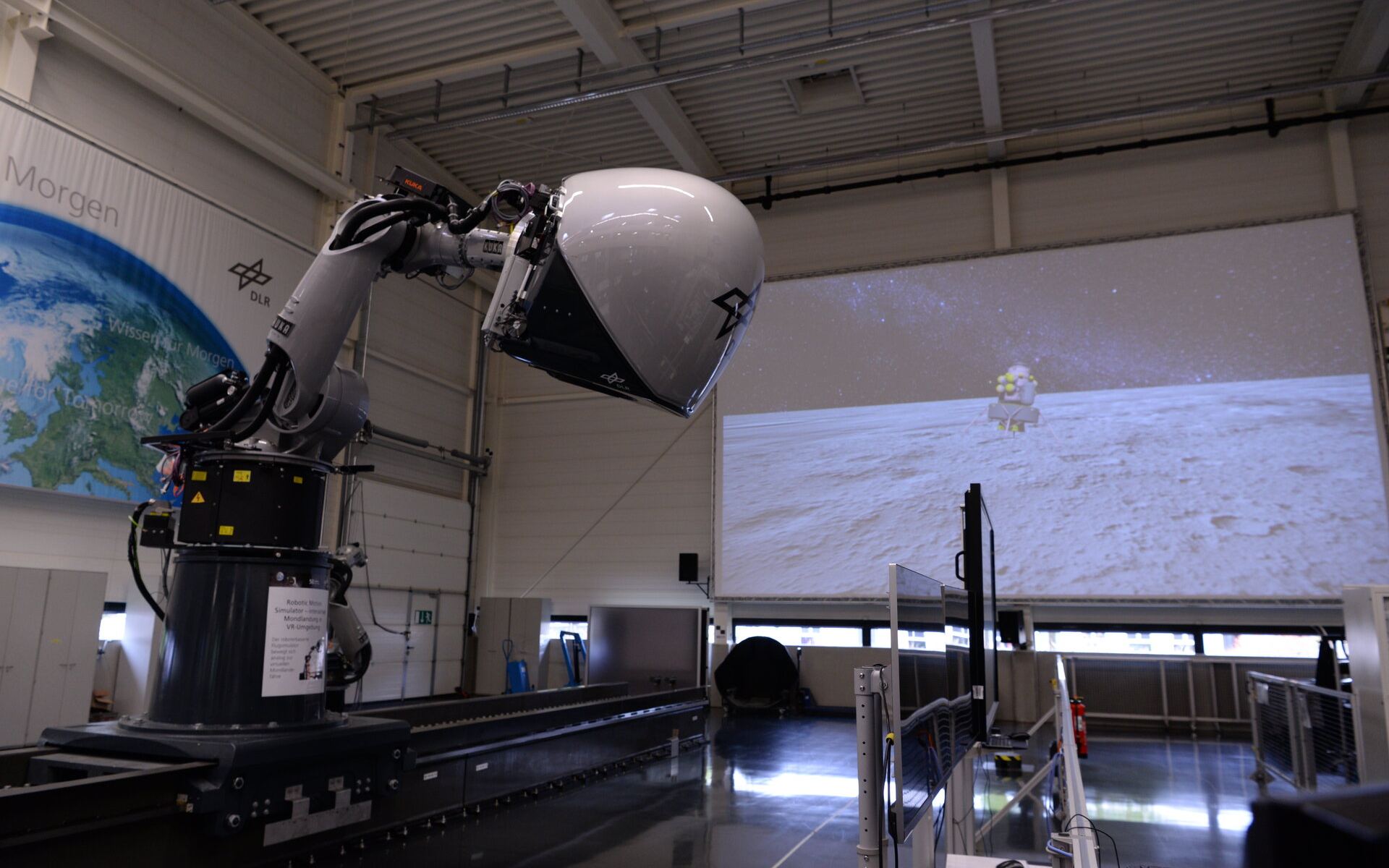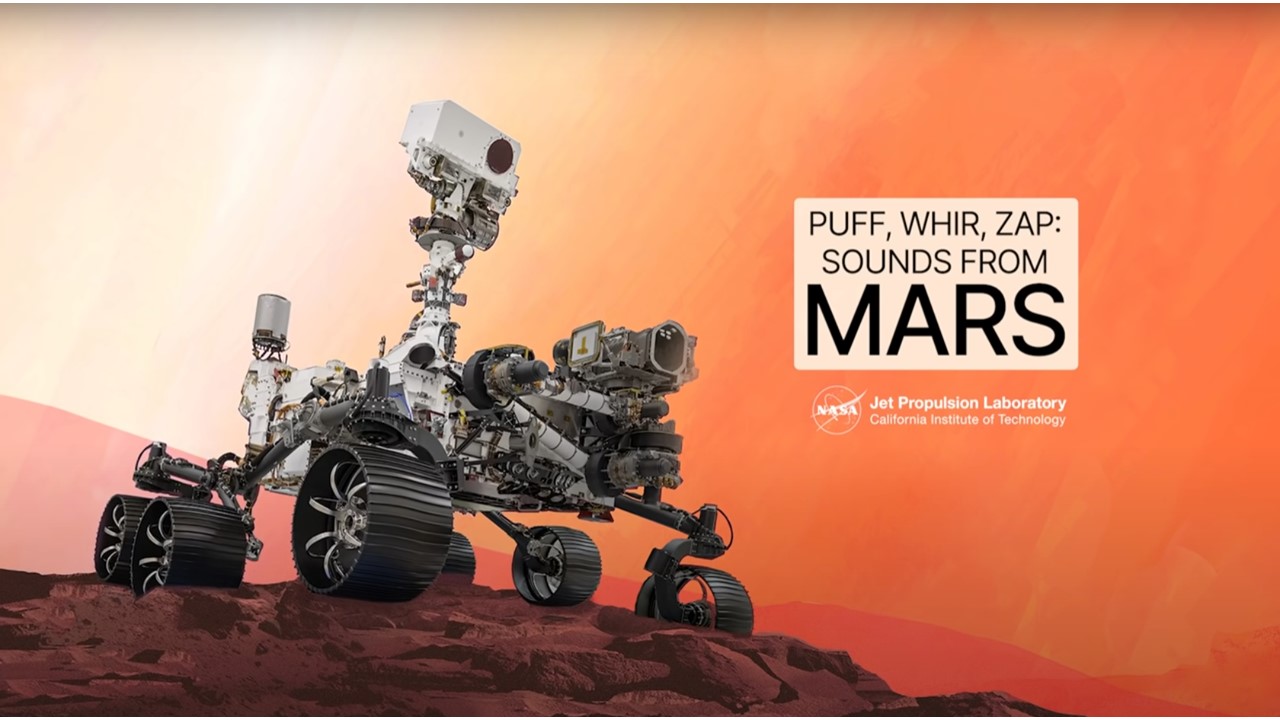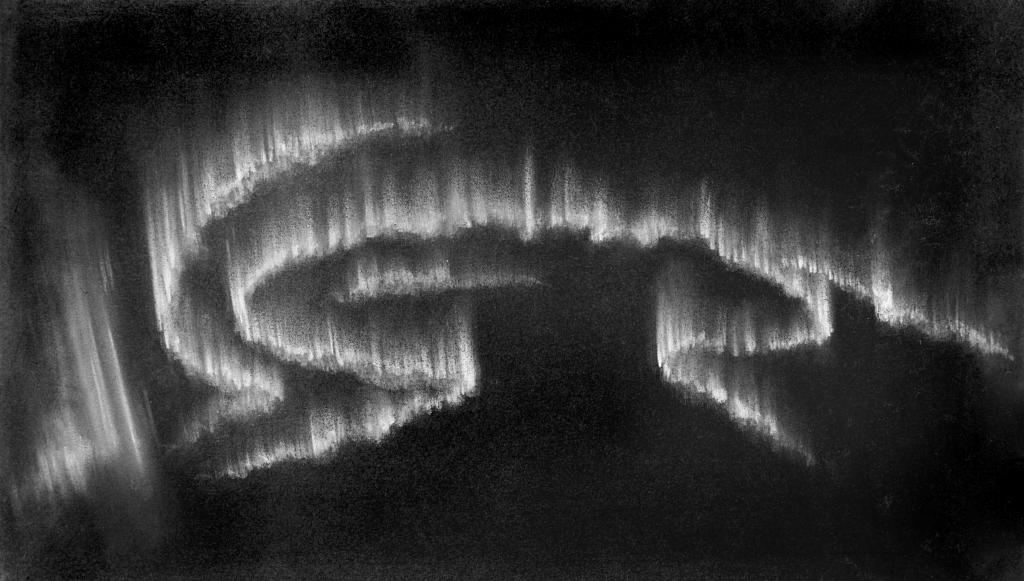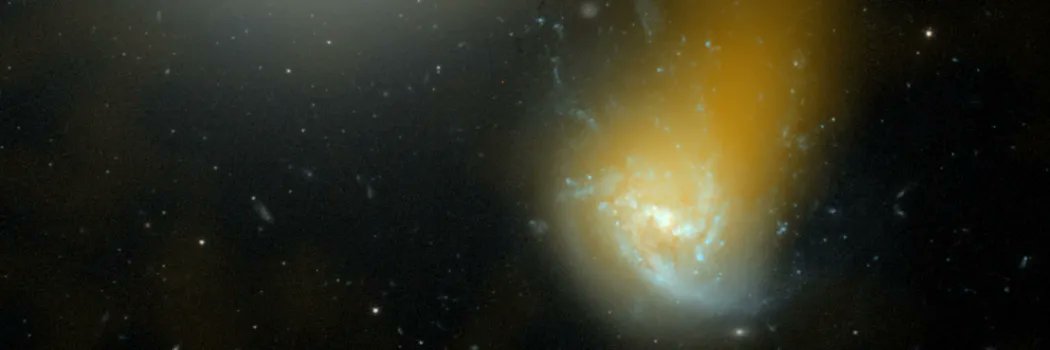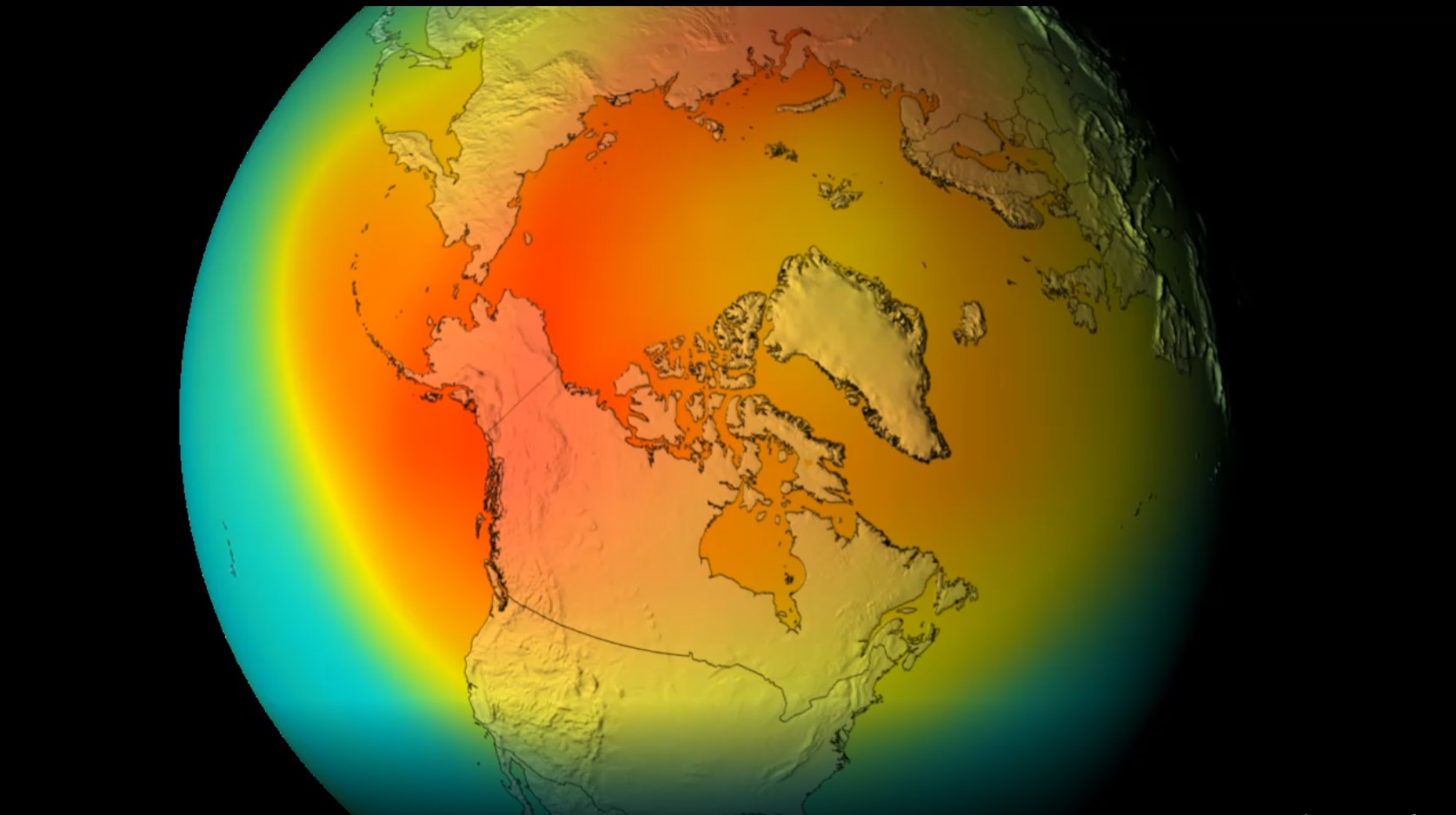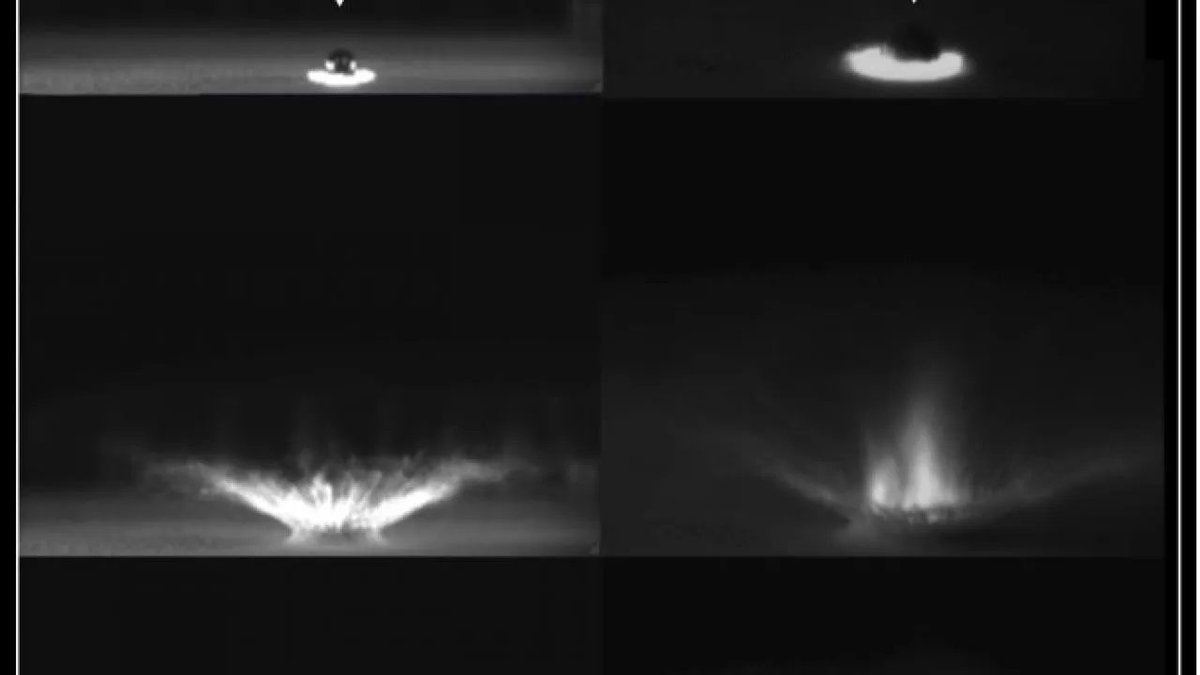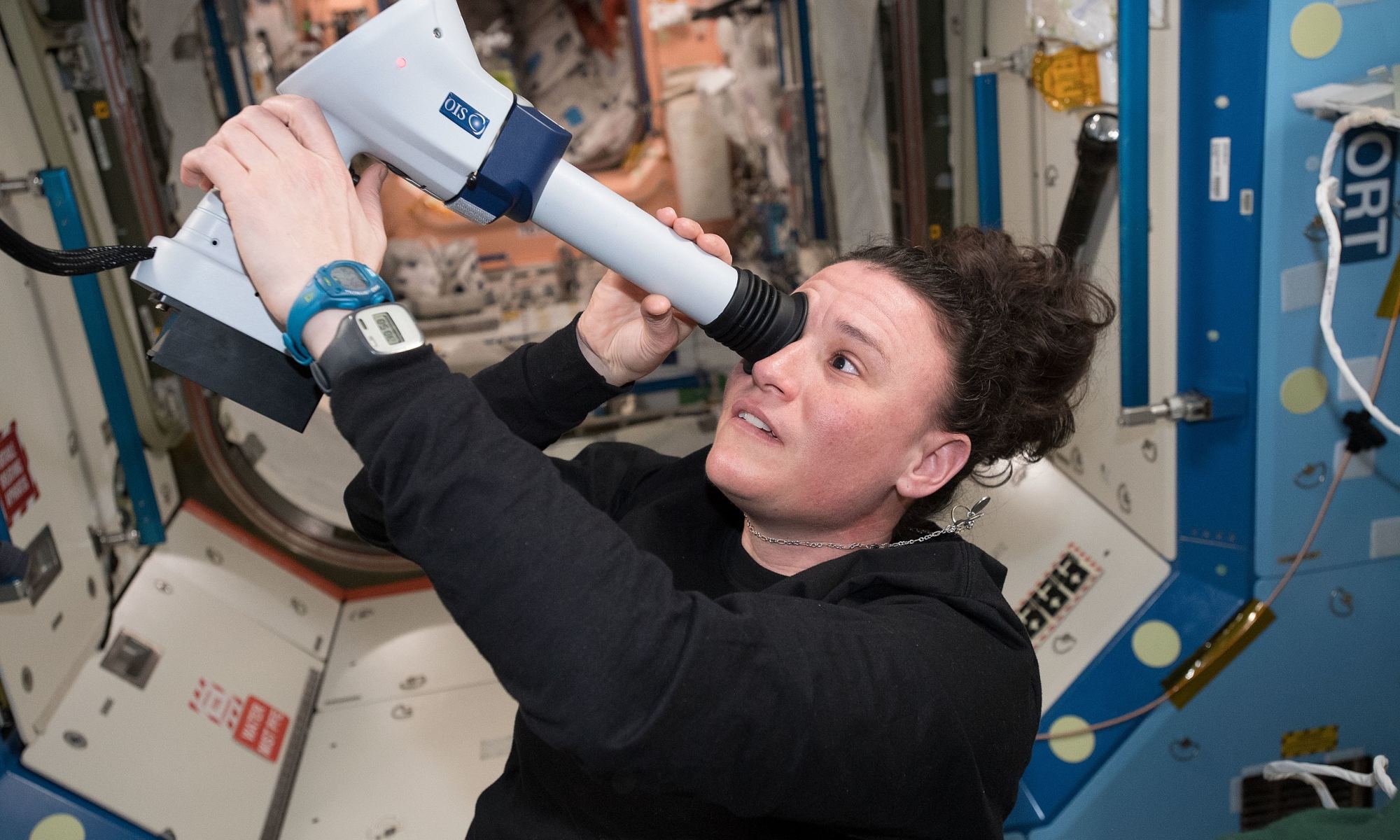The European Space Agency (ESA) is learning how to touch down safely at the South Pole of the Moon, without ever leaving Earth. Actual Moon landings seem to be on the horizon in the next decade via the Artemis program, and astronauts are going to have to learn to handle the unique challenges of landing in the Moon’s polar environment. With low angle sunlight and deep, permanently shadowed craters, the Moon’s South Pole poses difficulties no Apollo mission ever faced. To get hands-on experience with this environment without risking human life, ESA is putting astronauts through their paces on high-tech simulators.
Continue reading “Astronauts are Practicing Landing at the Moon's South Pole”According to Perseverance, Mars is Quiet… too Quiet
If you want to hear what Mars has to say, you’re going to have to listen closely. Very closely.
Continue reading “According to Perseverance, Mars is Quiet… too Quiet”An 1874 Citizen Science Project Studying the Aurora Borealis Helped Inspire Time Zones
For millennia, humans have gazed at the northern lights with wonder, pondering their nature and source. Even today, these once mysterious phenomena still evoke awe, though we understand them a little better now. Still, most of our knowledge about the northern lights has come recently, in the last century or two. Astronomers and meteorologists of the 1800s worked for years to understand the aurora, wondering if they were a feature of Earth’s atmospheric weather, of outer space, or, perhaps, something that straddled the boundary in-between. This centuries-old attempt to understand the northern lights was an immense, international-scale project, and, through fortunate happenstance, it even helped inspire one of the underlying foundations of modern society – time zones.
Continue reading “An 1874 Citizen Science Project Studying the Aurora Borealis Helped Inspire Time Zones”Comprehensive Sky Survey Finds Over a Million New Objects
In perfect viewing conditions, with good eyesight and clear, dark skies, the average person can see between 2,500 and 5,000 stars in the night sky. Add a telescope to the mix, and the number of visible objects in the sky explodes exponentially. For example, in 1995, the Hubble Space Telescope famously pointed its mirrors at a tiny piece of empty space – about 1/12th the size of the Moon – and revealed three thousand new objects crammed into that little area, most of them distant galaxies, offering a glimpse of the past stretching back to the early Universe. The astounding implication of the Hubble Deep Field image was that there are still billions of objects out there yet unseen by human eyes (or telescopes). Since then, the process of surveying deep space has been a massive ongoing undertaking, using all the tools available to us, from visible light telescopes like Hubble to infrared and radio telescopes. In a new data dump last week, a major radio sky survey, LOFAR, has revealed over a million new, never before seen objects in the night sky.
Continue reading “Comprehensive Sky Survey Finds Over a Million New Objects”James Webb Might be Able to Detect Other Civilizations by their Air Pollution
The James Webb Space Telescope (JWST), launched last December, has been slowly powering up its instruments and unfurling its sunshield, and is now in the process of aligning its mirrors in preparation for operation. Within a few months, the most powerful space telescope ever built is going to set its sights on the stars. Astronomers are hoping that what JWST sees will change the way we understand our universe, just as the Hubble Space Telescope did decades before.
One tantalizing capability that JWST offers that Hubble could not is the opportunity to directly image planets orbiting distant stars, and maybe, just maybe, detect signs of life.
Continue reading “James Webb Might be Able to Detect Other Civilizations by their Air Pollution”The Object About to Hit the Moon isn’t a SpaceX Booster After All
Last month, astronomers reported that a discarded upper stage of a Falcon 9 rocket, launched 7 years ago, was on a collision course with the Moon. The rocket in question carried NASA’s Deep Space Climate Observatory (DSCOVR) to the Sun-Earth L1 Lagrange point, where the still-operating observatory provides advance warning on solar wind activities. The leftover rocket stage, meanwhile, became a floating piece of space junk orbiting the Sun. Its ultimate fate was unknown, until last month, when astronomer Bill Gray predicted that it was bound for an impact with the Moon sometime on March 4th, 2022.
This week, Gray, who has been tracking the object ever since, released an update on the situation. He confirmed that there is indeed a rocket stage on course to crash into the far side of the Moon, but it’s not a SpaceX rocket at all. Instead, it’s a Chinese booster: the upper stage of the rocket that carried China’s Chang’e 5-T1 mission to the Moon in 2014.
Continue reading “The Object About to Hit the Moon isn’t a SpaceX Booster After All”Astronomers Finally Find a Second Asteroid in Earth’s Trojan Belt

Earth has a new companion. Asteroid 2020 XL5, a newly discovered kilometer-wide carbonaceous space rock, has been discovered at Earth’s L4 Lagrange point – a place where the gravitational forces of Earth and the Sun balance out, creating a stable point in which objects can become trapped. A new paper published this week in Nature Communications confirms that 2020 XL5 will be stuck at L4 for at least another 4000 years, shepherded silently through the Solar System by the gravitational tug of our home planet.
Continue reading “Astronomers Finally Find a Second Asteroid in Earth’s Trojan Belt”With Webb Safely Launched, Focus Shifts to the Ariane 6
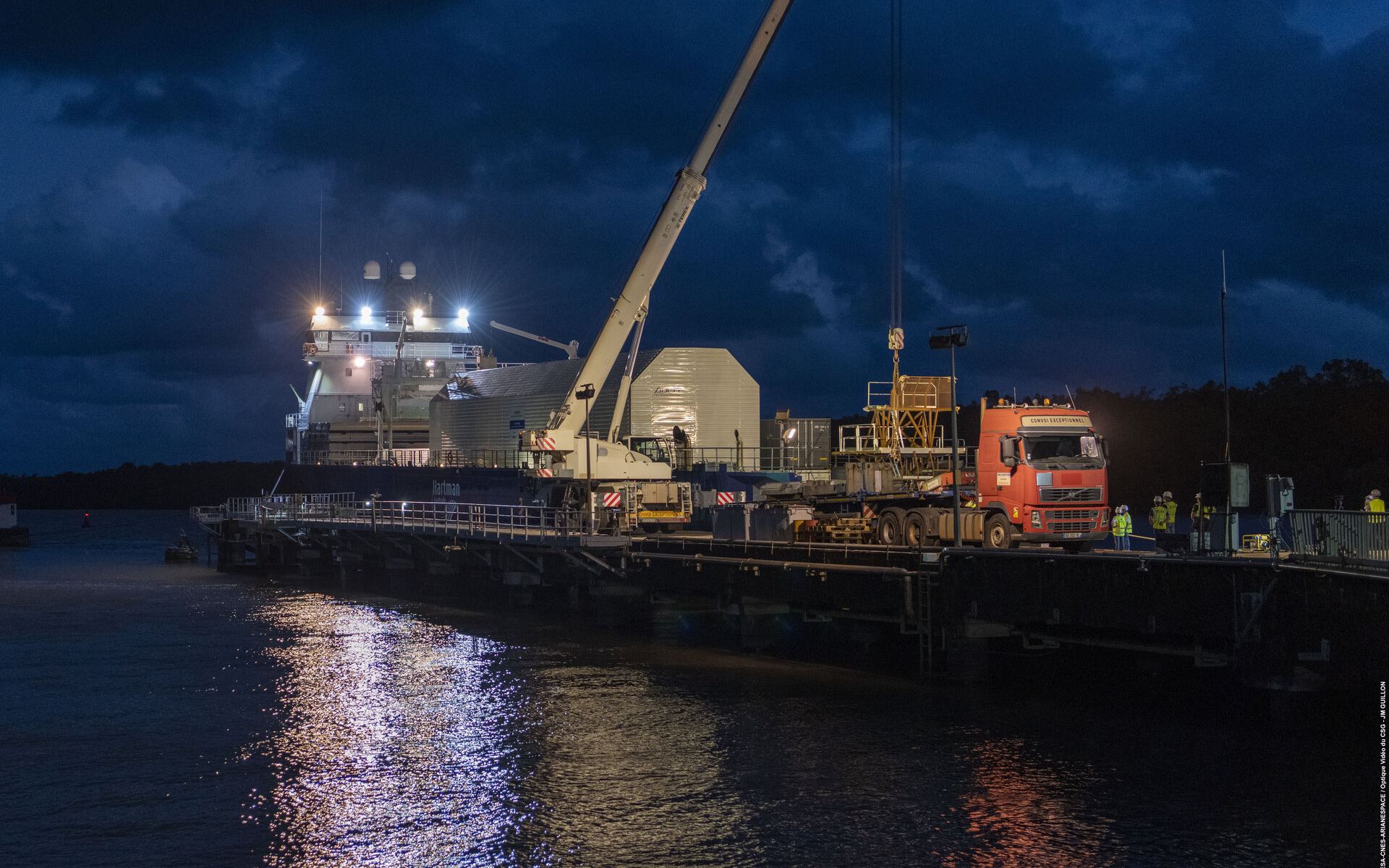
Last month, an Ariane 5 rocket carried the James Webb Space Telescope (JWST) safely to space, the latest of 112 total launches for the European Space Agency’s (ESA) primary workhorse rocket. With a 95.5% success rate, the Ariane 5 has been a reliable ride to space for decades, but its story is about to come to an end. ESA is no longer building new Ariane 5 vehicles, instead developing its next-generation rocket, the Ariane 6, which is intended to provide cheaper access to space. This week, the first completed core stage of a new Ariane 6 rocket arrived at the spaceport outside Korou in French Guiana for testing.
Continue reading “With Webb Safely Launched, Focus Shifts to the Ariane 6”Now we Know why Spaceflight Affects Your Eyes
70% of astronauts who spend time on the International Space Station (ISS) experience swelling at the back of their eyes, causing blurriness and impaired eyesight both in space and when they return to Earth. Sometimes, it’s permanent. Understanding the way microgravity affects the eyes, and the human body as a whole is an essential part of preparations for future long-duration spaceflights to the Moon and Mars. In an effort to understand the cause of these eye problems, researchers at the Medical University of South Carolina used MRI scans of twelve ISS astronauts to measure the intracranial venous system (veins that circulate blood to the brain) before and after flight. They’ve determined that there is a strong connection between the swelling of these veins and the onset of eye trouble.
Continue reading “Now we Know why Spaceflight Affects Your Eyes”2029 Will be the Perfect Year to Launch a Mission to Sedna

Object 90377 Sedna – a distant trans-Neptunian object known best for its highly elliptical, 11,390-year long orbit – is currently on its way towards perihelion (its closest approach to the Sun) in 2076. After that, Sedna will swing out into deep space again and won’t be back for millennia, making this flyby a once-in-a-lifetime (or, once in ~113 lifetimes) opportunity to study an object from the far reaches of our solar system. There are no missions to Sedna in the works just yet, but astronomers are beginning to plan for the possibility, and the ideal launch date for such a mission is approaching fast, with two of the best launch windows coming up in 2029 and 2034.
Continue reading “2029 Will be the Perfect Year to Launch a Mission to Sedna”
